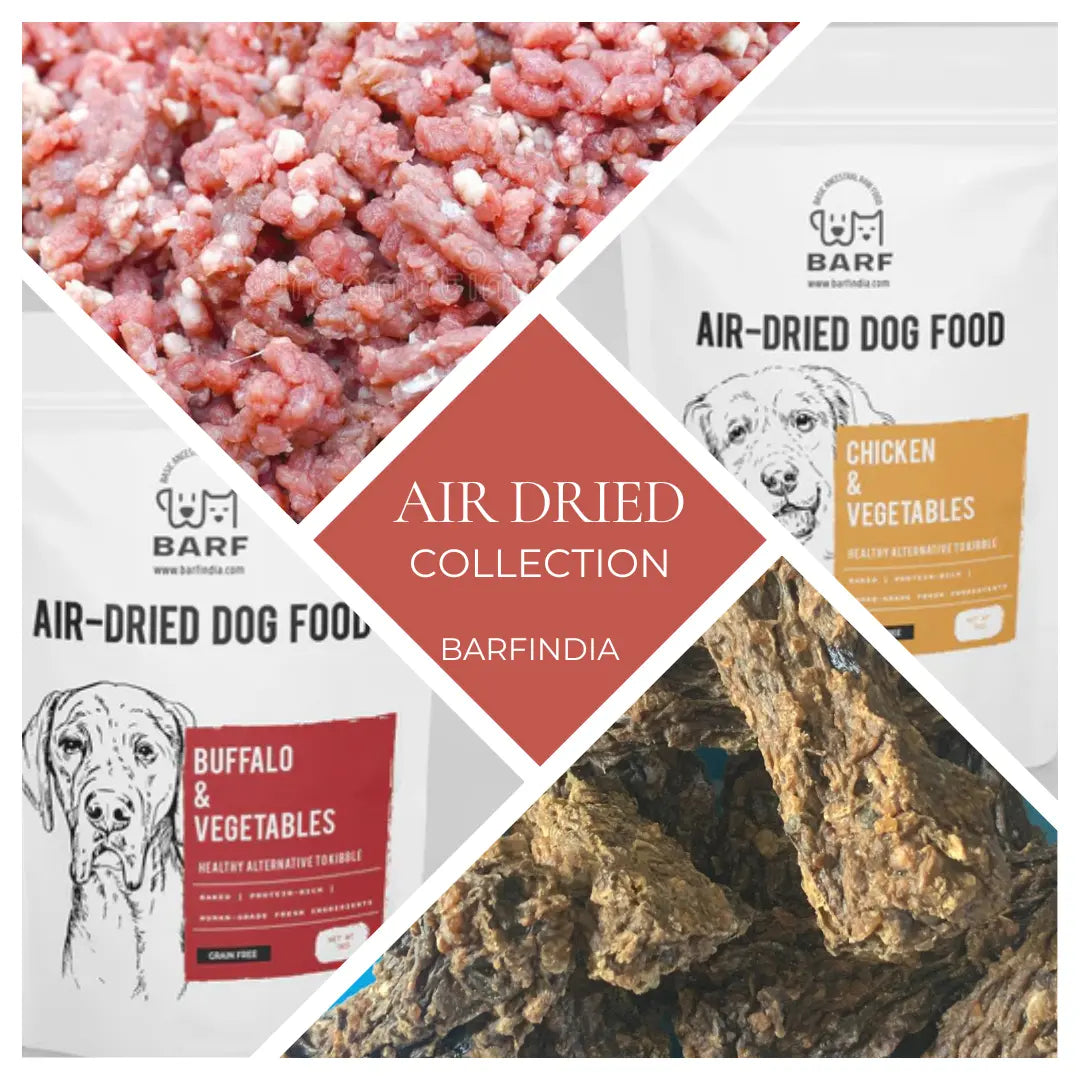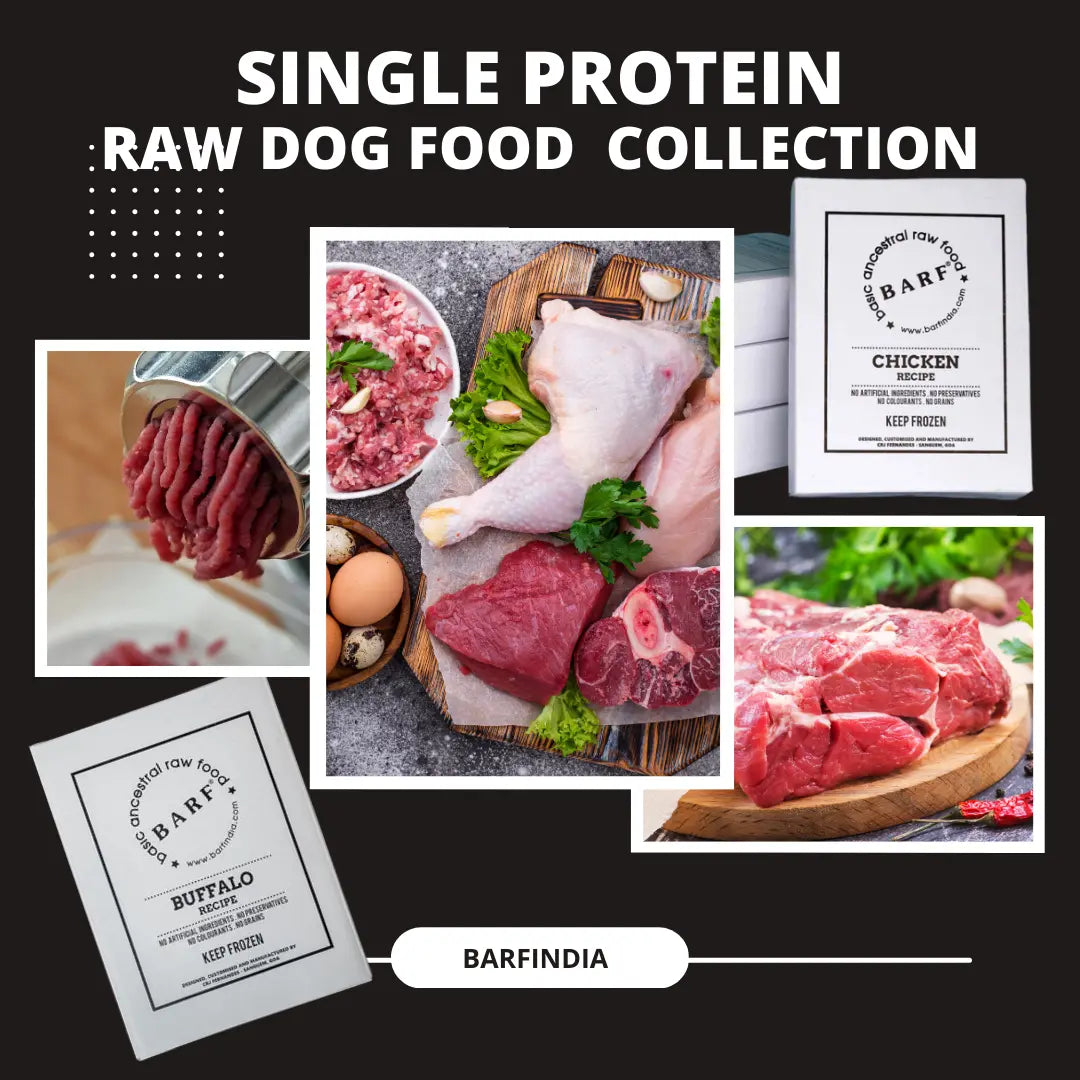
Tips on feeding your Picky Eaters.
Nivedita FernandesFeeding our picky eaters?
All dogs can have occasional bouts of fussing over a meal. Does that make them picky eaters? Not necessarily. If your dog makes a fuss over at least one meal, every day, then you could say you have a picky eater on your hands.
Are picky eaters born, or do circumstances create them?
One of the main reasons for a dog to be a picky eater is genetics. Some breeds have been known to be fussy at meal times and have a more delicate palate. Some, like Labradors, are purely food motivated. You put a bowl down in front of them, and the food is gone in 10 minutes.
Another reason for making a fuss around eating could be the environment. Is there too much traffic or noise? Are there too many people around the dog’s feeding area?
Let’s say you’ve determined that your dog is a picky eater. What steps can you take to make your dog look forward to meal times? Can choosing the right food help?
Choosing food for picky eaters
Every picky dog is different and will require a different approach. When choosing food for a picky eater, you must keep their dietary needs and preferences in mind while planning their meals. Here’s how you can get started:
Talk to your veterinarian:
If your dog has been eating well all along and has suddenly started showing disinterest in food, you might want to schedule a visit to your vet. Your vet will first help you determine that there is no health reason for the lack of interest in food. Once that is established, the vet can take into account your dogs specific nutritional needs and recommend a food that will meet those needs while also
tackling the pickiness.
Check the ingredients:
The food should include a high-quality protein in its natural form as the main ingredient. Many picky dogs show a preference for a specific protein source, such as chicken or beef. Experiment with different options to understand what your dog likes. Stay away from foods that offer fillers, by-products or protein substitutes. It goes without saying that you must avoid foods that contain
artificial preservatives, colours, or flavours.
Break the monotony:
Are you feeding the same food day after day, morning and night? It’s quite possible that your dog has gotten bored. Create some excitement by offering different food at meal times.
Play with flavours:
Are you feeding the same protein all the time? Try alternating between different flavours. Maybe you’ll discover that your dog loves fish but not chicken so much. Keep rotating proteins to make meal times exciting.
Explore different textures
All dogs are different. While some dogs prefer a crunchy kibble, others might have a preference for softer food. Explore all options to see what your dog likes best.
Dogs can be loyal to a brand
All dog foods are not the same and all brands are not the same. Try switching a brand and see if your dog prefers one type of food to another. Make a gradual shift. If you’re planning on changing your dog’s food, don’t do it abruptly. Do it slowly, over a week or ten days, by replacing a small percentage of the old food with the new food and gradually increasing the new food quantity while reducing the old food. This will give your dog a chance to slowly accept the
new food and also not cause any stomach issues.
Patience is key:
Picky dogs might require more patience and persistence in learning new food habits. Be willing to invest the time and effort in helping your dog. Also be willing to make mistakes and learn through trial and error to arrive at the best food combination that will meet your dog’s individual needs and preferences.



